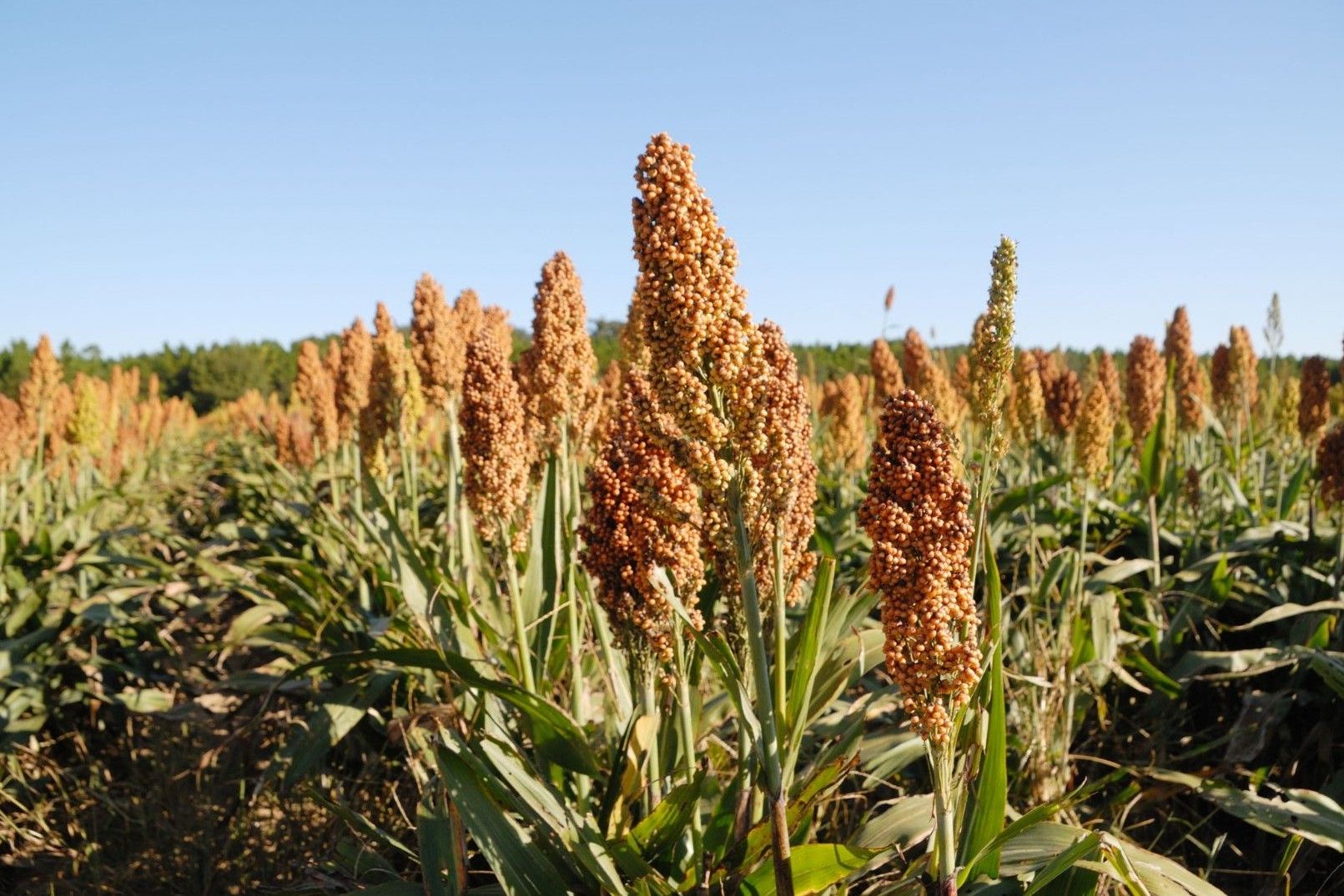
Sorghum is a versatile and ancient grain that has been cultivated for thousands of years. But what makes it so special? Sorghum is not only a staple food in many parts of the world, but it also serves as a key ingredient in animal feed, biofuels, and even alcoholic beverages. This resilient crop thrives in harsh climates where other grains might fail, making it a crucial resource for food security. From its nutritional benefits to its environmental impact, sorghum has a lot to offer. Ready to learn more? Here are 29 fascinating facts about this incredible grain.
What is Sorghum?
Sorghum is a versatile grain that has been cultivated for thousands of years. It’s known for its resilience and nutritional value. Here are some fascinating facts about this ancient crop.
-
Sorghum is one of the top five cereal crops globally, alongside wheat, rice, corn, and barley.
-
Originating in Africa, sorghum has been cultivated for over 5,000 years.
-
This grain is drought-resistant, making it ideal for arid regions.
-
Sorghum can grow in various climates, from tropical to temperate zones.
Nutritional Benefits of Sorghum
Sorghum is not just resilient; it’s also packed with nutrients. Let’s explore the health benefits it offers.
-
Sorghum is gluten-free, making it a great alternative for those with celiac disease or gluten intolerance.
-
It’s rich in antioxidants, which help fight free radicals in the body.
-
Sorghum contains high levels of dietary fiber, aiding in digestion and promoting gut health.
-
This grain is a good source of protein, essential for muscle repair and growth.
Uses of Sorghum
Sorghum’s versatility extends beyond just being a food source. It has various applications in different industries.
-
Sorghum is used to produce biofuels, providing a renewable energy source.
-
The grain is a key ingredient in gluten-free flours and baking mixes.
-
Sorghum syrup, made from the plant’s juice, is a popular sweetener in the southern United States.
-
In some cultures, sorghum stalks are used to make brooms and brushes.
Sorghum in Traditional Dishes
Sorghum has been a staple in many traditional cuisines around the world. Here are some ways it’s used in cooking.
-
In India, sorghum flour is used to make rotis, a type of flatbread.
-
African countries often use sorghum to make porridge and beer.
-
In the United States, sorghum molasses is a common ingredient in baked goods.
-
Sorghum grains can be popped like popcorn for a healthy snack.
Environmental Impact of Sorghum
Sorghum’s cultivation has several environmental benefits, making it a sustainable choice for farmers.
-
Sorghum requires less water than many other crops, conserving valuable water resources.
-
It has a deep root system that helps prevent soil erosion.
-
Sorghum can be grown without synthetic fertilizers, reducing chemical runoff into waterways.
-
The plant’s ability to thrive in poor soil conditions makes it ideal for marginal lands.
Sorghum Varieties
There are several types of sorghum, each with unique characteristics and uses.
-
Grain sorghum is primarily used for food products and animal feed.
-
Sweet sorghum is grown for its high sugar content, used in syrups and biofuels.
-
Forage sorghum is cultivated as livestock feed due to its high biomass production.
-
Broomcorn sorghum is used to make brooms and brushes.
Sorghum in Modern Agriculture
Modern farming techniques have improved sorghum cultivation, making it more efficient and productive.
-
Genetically modified sorghum varieties are being developed to increase yield and disease resistance.
-
Precision agriculture technologies help optimize sorghum planting and harvesting.
-
Sorghum breeding programs focus on improving drought tolerance and nutritional content.
-
Farmers use crop rotation with sorghum to improve soil health and reduce pest populations.
Fun Facts About Sorghum
Sorghum has some quirky and interesting aspects that make it even more fascinating.
- Sorghum is sometimes called "the camel of crops" due to its ability to thrive in harsh conditions.
Sorghum: A Grain Worth Knowing
Sorghum's versatility and resilience make it a standout grain. From its ancient origins in Africa to its modern-day uses in gluten-free foods, biofuels, and livestock feed, sorghum has proven its worth. Its drought tolerance makes it a reliable crop in arid regions, helping farmers worldwide. Nutritionally, it's a powerhouse, packed with protein, fiber, and essential minerals. Sorghum's ability to adapt to various climates and its minimal need for water and pesticides highlight its environmental benefits. Whether you're interested in sustainable agriculture, nutritious food options, or innovative uses like biodegradable packaging, sorghum offers something valuable. This grain's rich history and promising future make it a fascinating subject. Next time you see sorghum on a label or in a field, you'll know just how remarkable this grain truly is.
Was this page helpful?
Our commitment to delivering trustworthy and engaging content is at the heart of what we do. Each fact on our site is contributed by real users like you, bringing a wealth of diverse insights and information. To ensure the highest standards of accuracy and reliability, our dedicated editors meticulously review each submission. This process guarantees that the facts we share are not only fascinating but also credible. Trust in our commitment to quality and authenticity as you explore and learn with us.
